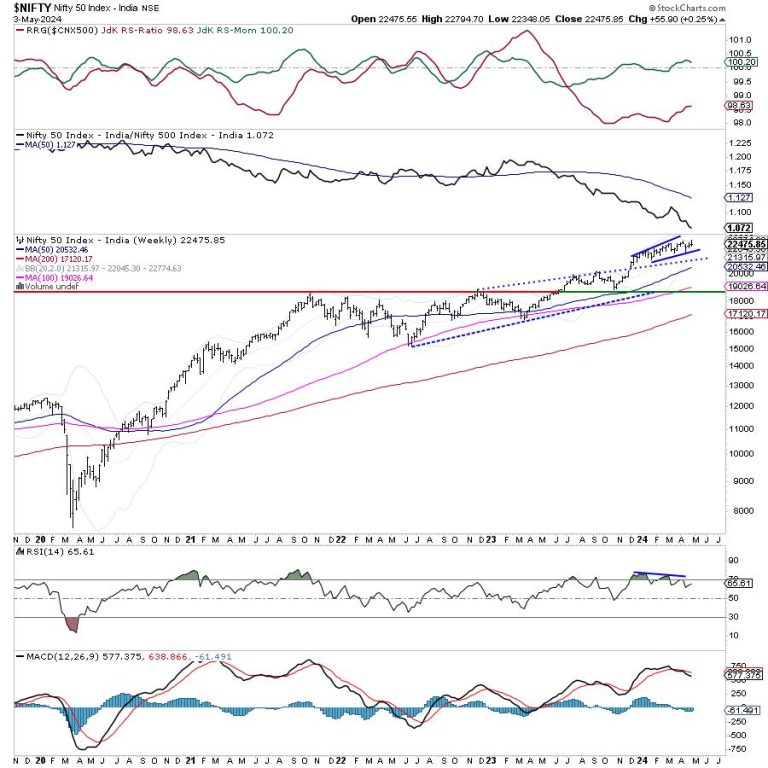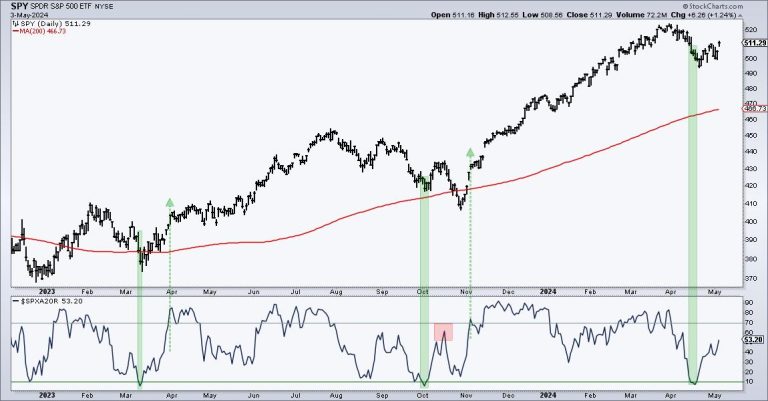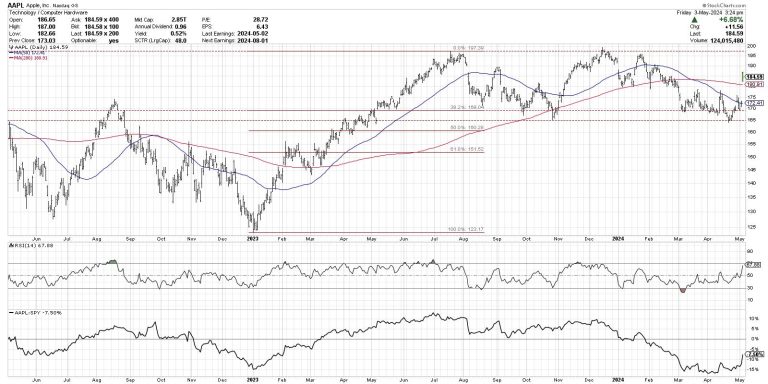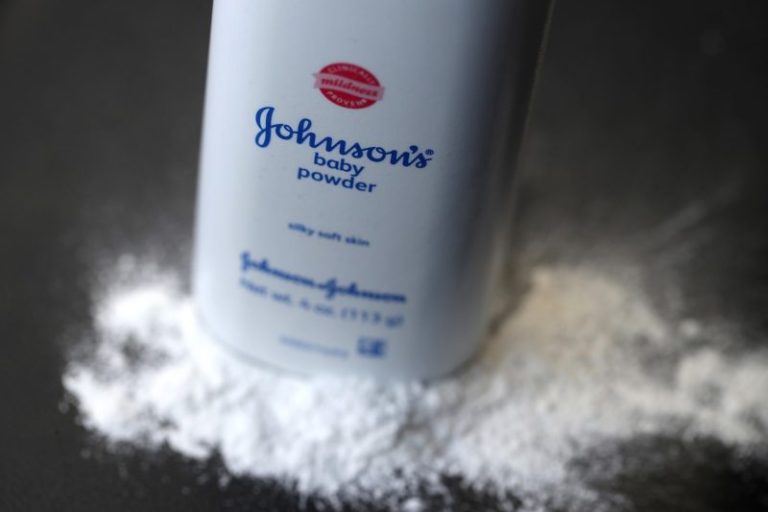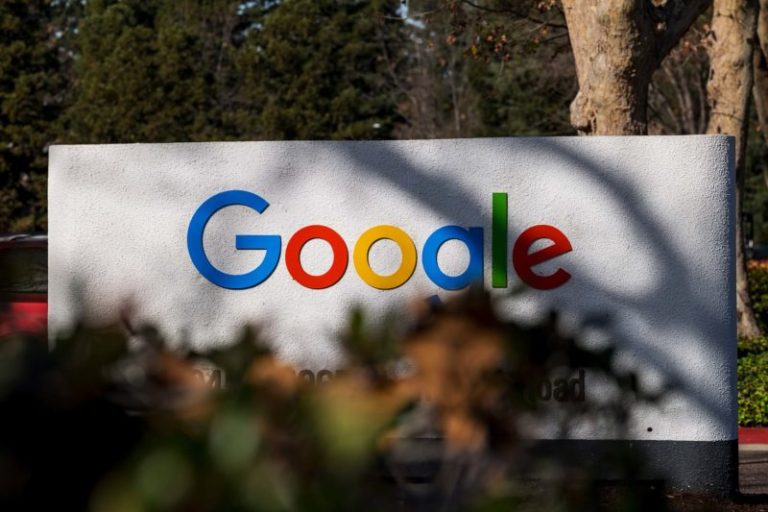Internal communications of executives from Big Tech companies reveal ‘damning discoveries’ of the Biden administration’s attempt to muzzle the platforms, a new House committee report published this week revealed.
Following House Judiciary Chairman Jim Jordan’s (R-Ohio) subpoena last year, tech giants like Google-parent Alphabet, Amazon, Apple, Meta and Microsoft were investigated regarding their communications with the federal government. Jordan said at the time that he wanted to ‘understand how and to what extent the Executive Branch coerced and colluded with companies and other intermediaries to censor speech.’
The House Judiciary Committee’s 800-page report, titled ‘The Censorship-industrial Complex: How Top Biden White House Officials Coerced Big Tech to Censor Americans, True Information, and Critics of the Biden Administration,’ included several instances where the platforms censored information relating to COVID-19 due to top-down pressure.
The emails also revealed the Biden administration wanted to crack down on ‘vaccine misinformation,’ while some executives were unwilling to cave to the pressure. Other executives did give in, to limit bigger issues.
‘Now, having obtained and reviewed tens of thousands of emails and other relevant nonpublic documents, the Committee and Select Subcommittee can provide a more complete picture of how and the extent to which the Biden White House coerced companies to suppress free speech,’ the report noted.
Big Tech altered their content-moderation policies in 2021, the report said. Facebook, YouTube and Amazon all adjusted their policies to censor information ranging from COVID-19 ‘misinformation’ to what kinds of books were permissible on the Amazon Marketplace.
‘Indeed, both Facebook and Amazon referred to the Biden White House’s efforts as ‘pressure,” the report said.
The Biden White House’s censorship campaign also targeted true information, satire and other content not violating platform policies, according to the report. Internal emails from Facebook executives in July 2021 show that Facebook understood the Biden White House’s position as wanting ‘negative information on or opinions about the vaccine’ removed as well as ‘humorous or satirical content that suggests the vaccine isn’t safe.’
Facebook executive Nick Clegg questioned in July 2021 via email why the company censored the lab-leak theory of COVID-19. An employee replied, ‘Because we were under pressure from the [Biden] administration and others to do more…. We shouldn’t have done it.’
Another instance in July 2021 revealed Facebook executives attempting to appease the Biden administration. Clegg emailed colleagues in the company that ‘[g]iven the bigger fish we have to fry with the [Biden] Administration,’ Facebook should try to figure out ‘how we can be responsive to [the Administration’s] concerns.’
The report comes as big tech companies have been under fire by both Republicans and Democrats in recent months. The Supreme Court heard arguments in March challenging the Biden administration’s alleged coordination with Big Tech to censor certain political messages.



